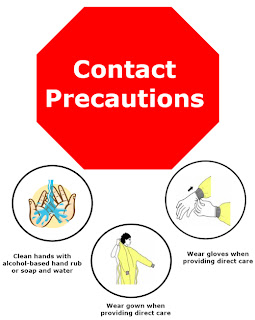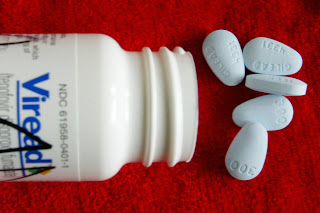Well here is an article that argues, for the sake of the public good, that physicians be re-certified and maintain up to date with their clinical skills
Published in the American Journal of Medicine, the authors examined all inpatients on the teaching service of an urban hospital from July 1, 2002 through June 30, 2004. Patients were assigned to fifty-nine attending physicians quasi-randomly over 6572 admissions. Years in practice was defined as the number of years the attending physician held a medical license. Years in practice was divided into 4 groups;0-5, 6-10, 11-20, and >20 years. Logistic regression analysis was employed to adjust for patient characteristics and estimate associations between years in practice and length-of-stay, readmission, and mortality.
Physicians with more years in practice had longer mean lengths of stay (4.77, 5.29, 5.42, and 5.31 days for physicians with 0-5, 6-10, 11-20, and >20 years in practice, respectively, P=.001). Inpatients of physicians with >20 years in practice had higher risk for both in-hospital mortality (odds ratio 1.71; 95% confidence interval, 1.06-2.76) and 30-day mortality (odds ratio 1.51, 95% confidence interval, 1.06-2.16) than inpatients of physicians with 0-5 years in practice.
The message: re-certification and maintenance of inpatient skills requirements must be universal for all practicing physicians.
The next time you are hospitalized, the baby-faced residency program graduate may not seem such a bad alternative to the aged professor.















